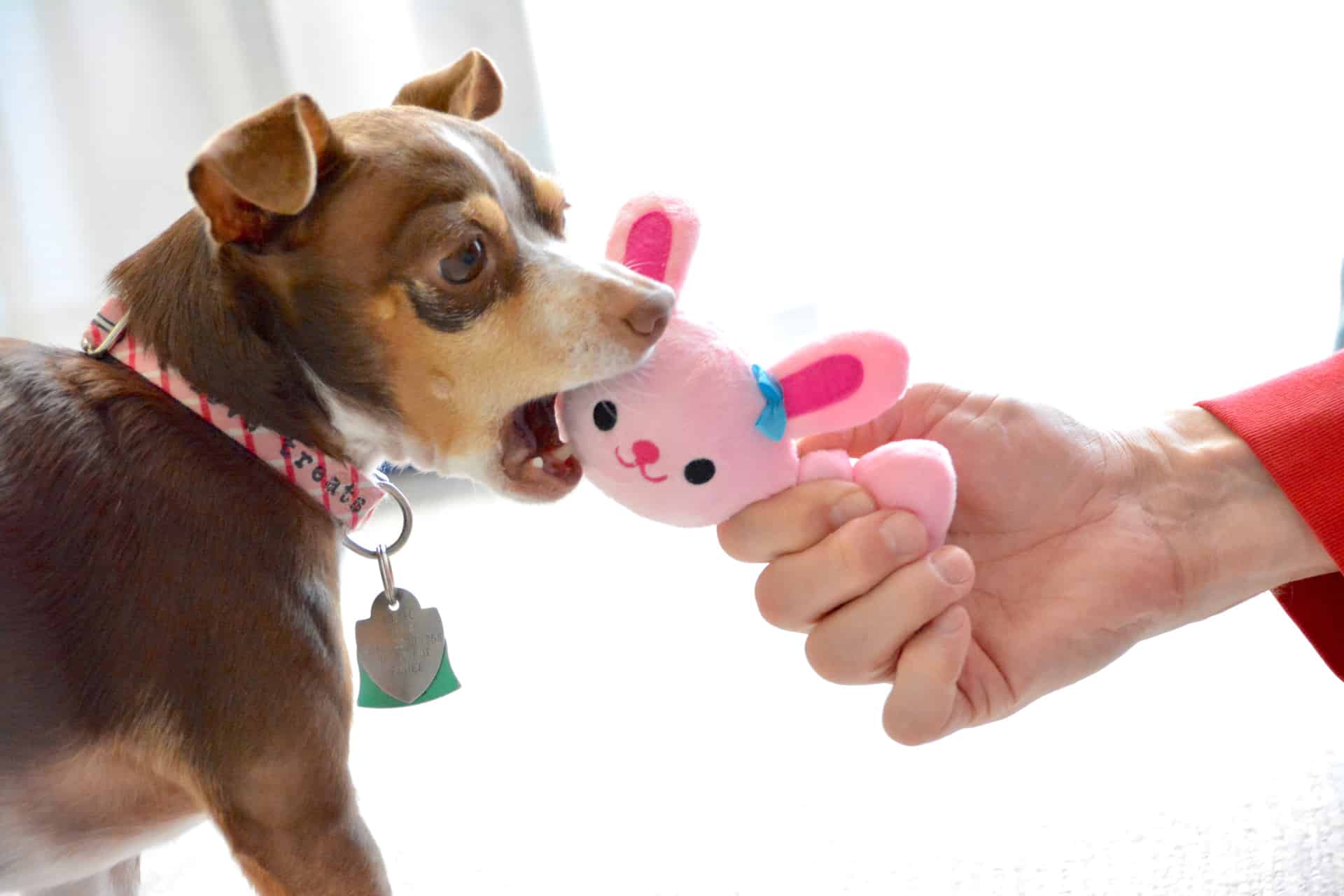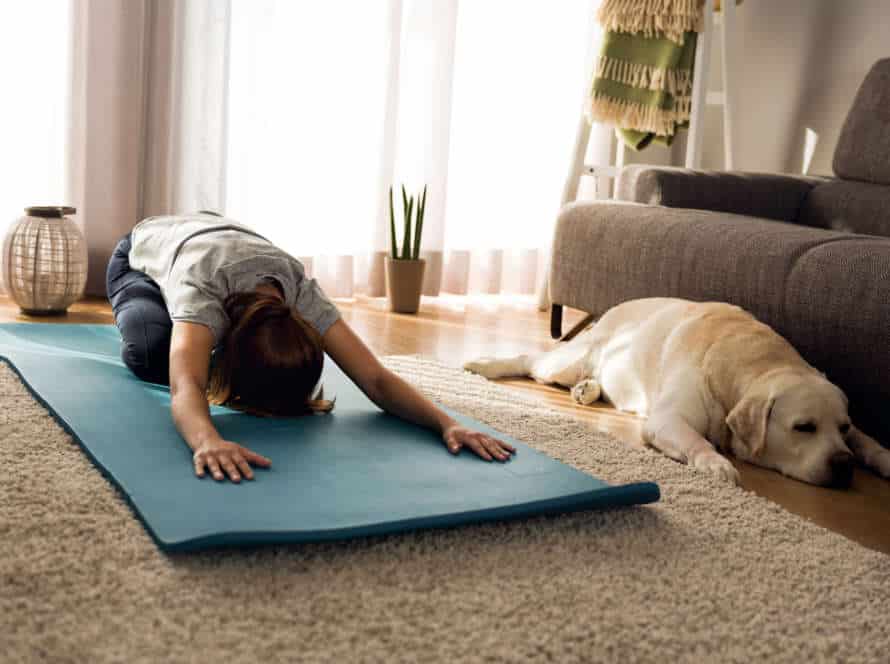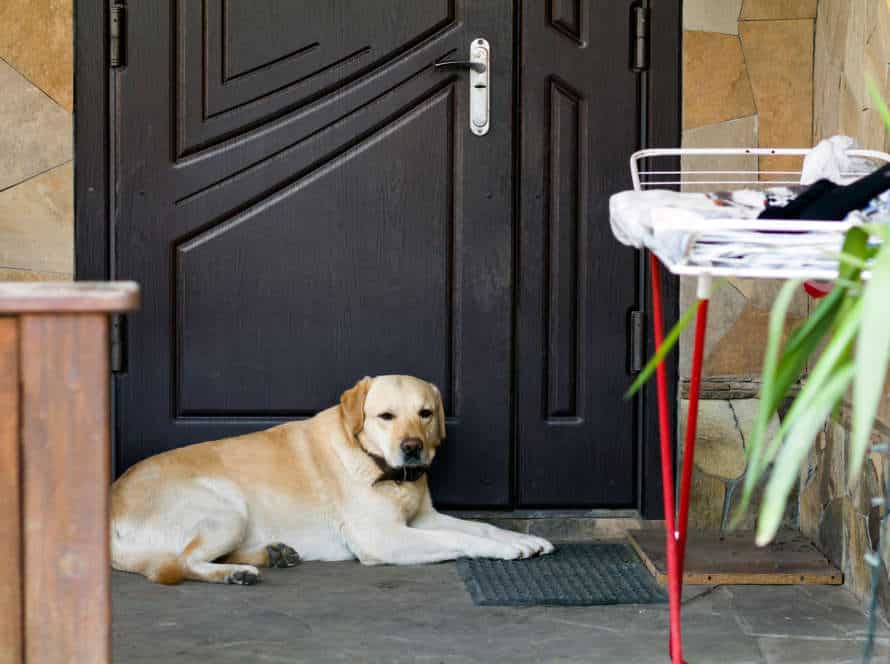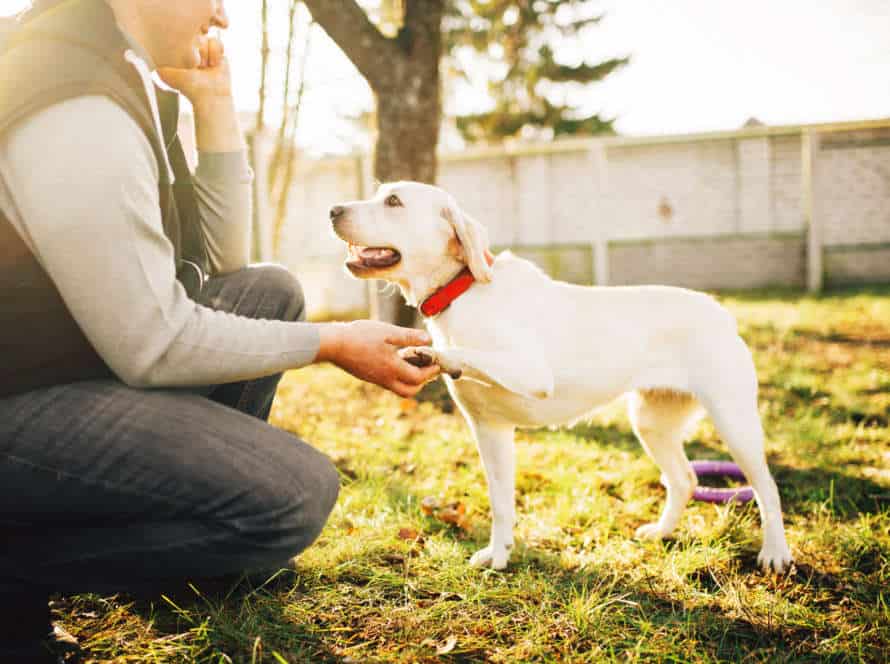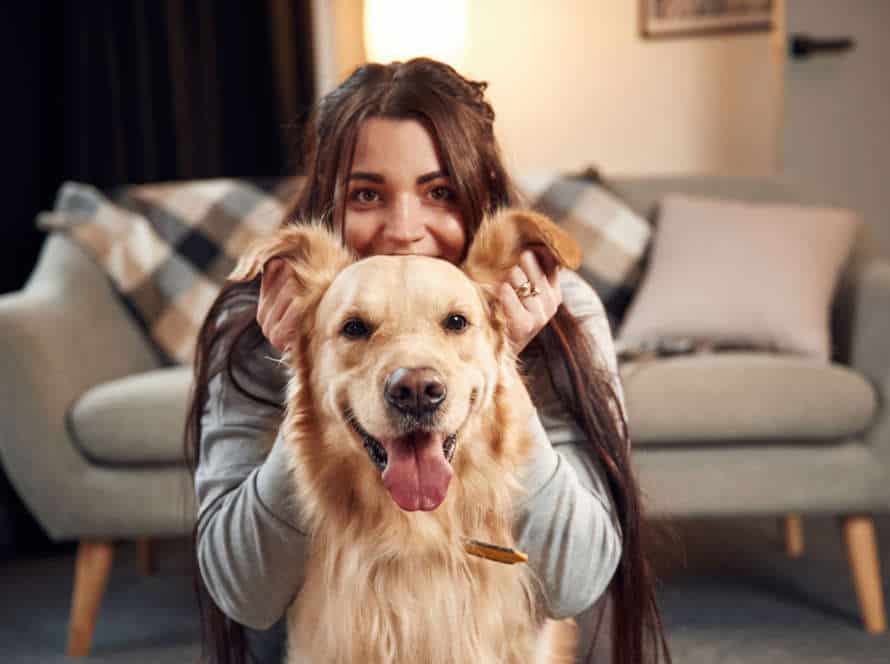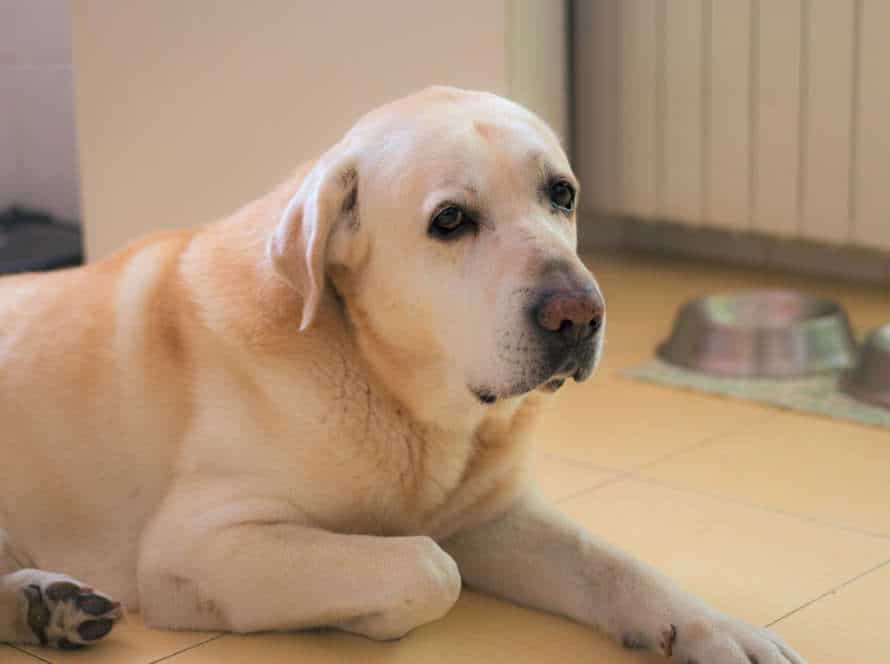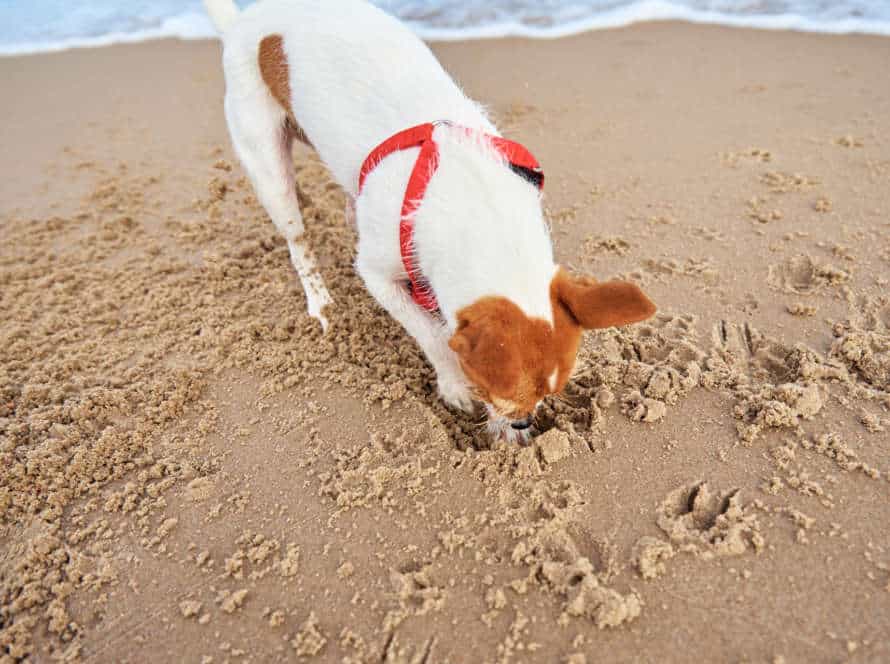Monitoring Toys and Treats to Prevent Resource Guarding
Resource guarding in dogs is a serious issue that must be dealt with. One way to avoid it is to watch over the toys and treats you give your pet. Here are some tips:
- Store toys and treats when not in use; only give them when you are present to observe your pet’s behavior.
- Teach your pet “drop it” or “leave it” so that you can take away items safely, if needed.
- If you have multiple pets, make sure there are enough toys and treats for all of them, to avoid competition and fights.
By monitoring toys and treats, you can help stop resource guarding in your pets and keep a happy, healthy atmosphere.
Understanding Resource Guarding in Dogs
Resource guarding is common in dogs. It can be very dangerous! So, pet owners must recognize it and manage it. Here’s how to spot it and deal with it. Signs to watch for are guarding toys and treats. Monitoring these items is key to avoiding this behavior.
Definition of Resource Guarding
Resource guarding is something dogs may do. It’s when they act aggressive or defensive around their things, such as food, toys, treats, beds, or even humans. This can be dangerous and lead to bites. Here are some signs to look out for:
- Growling
- Stiff body postures
- Baring of teeth
- Lunging
- Or biting
To prevent this, watch their toys and treats, and make sure to provide positive reinforcement training. Train them to link you with good experiences when they’re around their things. That can help them not resource guard or help them stop.
Causes of Resource Guarding
Resource guarding in dogs is a behavior problem when they are aggressive to protect their possessions or territory. It can be caused by several things such as possessiveness, fear or anxiety, lack of socialization, or inadequate training.
Prevention is key. Monitor your dog’s toys and treats. Give positive reinforcement and training. This can help ease their fear and anxiety.
Identifying Signs of Resource Guarding in Dogs
Resource guarding in dogs is when they become aggressive if someone takes something they consider valuable. To stop this, you must watch toys and treats. Here are signs to look out for:
- Growling or snarling near food bowls or toy/treat area.
- Gagging or swallowing food quickly when they think someone will take it.
- Becoming tense with valuable items.
- Hiding toys and treats.
- Keeping body between owner and item they’re protecting.
If you see any of these signs, act quickly to stop it getting worse. Proactively observing and managing your dog’s items can keep conflict away.
Toys and Treats as Common Resources for Dogs
Dogs are programmed to vie for resources, like toys, treats, and other things they consider necessary for their life. These can become prized possessions for dogs, thus generating a rivalry between pets and people for them. Consequently, it’s essential to keep an eye on the use of these resources to circumvent resource guarding in dogs.
Understanding the Value of Toys and Treats for Dogs
Toys and treats are important for dogs. They do more than just provide entertainment. They give physical exercise, mental stimulation, and help relieve stress. Treats are also great for training and bonding.
However, resource guarding behavior can occur. This includes growling, snapping, and biting if the dog feels their resources are threatened. To prevent this, it’s important to make sure all dogs have equal access to the resources.
It’s not good to take away a toy or treat from a dog that is guarding it. Instead, use positive reinforcement to show them it’s okay to share. This will help them feel more relaxed around people and other pets.
Different Types of Toys and Treats
Toys and treats are essential for dogs. However, pet owners must provide a range of options and monitor their use to stop resource guarding behavior.
Here are the different types of toys and treats:
- Chew toys: Bones, rawhide, or rubber toys help satisfy a dog’s urge to chew and give dental benefits.
- Interactive toys: Puzzle toys or toys filled with treats stimulate a dog’s mind and promote playtime.
- Plush toys: Soft toys, stuffed animals, or blankets give comfort and company to dogs.
- Treats: Biscuits, jerky, or fruits and veggies make great rewards for good behavior, and extra nutrition.
Monitoring usage of toys and treats prevents resource guarding behavior, which can cause aggressive behavior. Swapping items and teaching positive reinforcement can prevent this issue.
Keeping Toys and Treats Safe and Accessible for Dogs
Toys and treats are essential for a pup’s physical and mental wellbeing. As a pet parent, it’s key to make sure your furry companion always has access to these resources. Plus, monitoring how they use toys and treats is necessary to stop resource guarding in dogs.
Here are some tips for keeping toys and treats safe and avoiding resource guarding:
- Provide plenty of toys and treats, so your pup never runs out. Also, switch them up to keep them exciting.
- Store the toys and treats in a place your pup can access easily, but hidden from visitors.
- Watch your pup when they play with toys or eat treats. Don’t leave them alone with chew bones or rawhides.
- If your pup shows signs of resource guarding, like growling or aggression, make sure they link people and other animals to pleasant experiences, like getting snacks or treats. If needed, get help from a professional.
By following these steps, you can keep your pup happy and healthy while preventing any bad behaviour.
Monitoring Toys and Treats to Prevent Resource Guarding
Resource guarding is a problem found in many dog breeds and ages. It’s when a pup feels the need to protect their things, such as food, toys, and treats, from other animals or people. It can be scary for both the pup and the other people/animals, so it’s important to start preventative measures.
Monitoring a dog’s access to toys and treats is an example of a proactive measure.
Strategies for Preventing Resource Guarding Behaviour
Resource guarding is a worry for pet owners. It’s important to prevent it, as it can be risky for the animal and very stressful for both them and the owner. Here are some tips to avoid it:
- Watch closely what your pet is playing with or interacting with. If you see signs of aggression like growling or snarling, reduce the time or frequency of access.
- Change the toys or treats to keep things fresh and interesting. This way, your pet will have a positive association with the disappearance of one toy or treat, and the arrival of a new one.
- Train your pet to share and keep them engaged during playtime, so they don’t form an attachment to any toys or treats.
These strategies can help reduce resource guarding in your pet. Pro-tip: Trained professionals can offer extra guidance if these methods don’t work.
Tools for Monitoring Toys and Treats
Resource guarding in dogs can be tricky for pet owners. To manage it, monitoring toys and treats is important. Here are some tools to do that:
- Food dispensing toys: These are chew-resistant and easy to clean. They keep your pup occupied and distracted.
- Interactive cameras: Set up in your home, they monitor behavior while you’re away. Plus, two-way audio lets you talk to your pup and reassure them.
- Treat puzzles: They challenge your pup and dispense treats in a controlled way.
- Supervision: Watching during playtime is the best way to monitor behavior and stop resource guarding. Intervene if you see signs of aggression.
Using these tools together can help prevent resource guarding, making your pup happier and healthier.
Steps to Follow When Introducing Toys and Treats to Dogs
Introducing toys and treats to pooches can be enjoyable and thrilling for them and their owners! However, it is essential to take a few easy steps. This ensures that the experience is positive and no resource guarding takes place.
Here are the steps:
- Begin slowly and keep it simple. Introduce one toy or treat at a time and observe your dog’s response.
- Monitor playtime and treat time to avoid resource guarding.
- Switch up toys and treats so they remain fresh and exciting.
- Opt for age-appropriate toys that are safe and durable.
- Use positive reinforcement to reward good behaviour during playtime and treat time.
By following these steps and monitoring your pup’s behaviour, you can ensure that introducing toys and treats is a positive experience!
Dealing with Resource Guarding in Dogs
Resource Guarding is when a dog is extra possessive over an item or space. This can be caused by instinct or lack of socializing. Good news – there’s ways to handle it.
Watching out for toys and treats can stop resource guarding. Let’s look into why and how to use these strategies.
Recognizing and Responding to Resource Guarding Behaviour
Resource guarding in dogs is a serious behavior problem. Recognizing and responding to it is essential to keep your pup safe. Here are tips for prevention:
- Monitor your dog when it has toys or treats.
- Teach it basic commands like “Sit” and “Stay”.
- Introduce it to new people and other dogs gradually.
- If it shows growling, hiding, or snapping remove the object immediately. Distract it with a toy or treat.
- Get professional help if the behavior doesn’t change. A qualified trainer or behaviorist can provide the right guidance and training.
Preventing resource guarding is about knowing your pup’s behavior, being proactive and vigilant, and providing proper training. Pro tip: Consistency is key, reward good behavior and be consistent in training. This will avoid future issues.
Strategies for Resolving Resource Guarding Behaviour
Resource guarding in dogs can be common. But, there are strategies to help decrease the behavior. Monitor your dog’s access to items they may guard, like toys and treats. This way, you can stop them from developing a guarding mentality.
Here are tips to use this strategy:
- Only give toys and treats when you can supervise your pup. Put them away when done.
- Teach your dog to “leave it” or “drop it” when you give them a toy or treat.
- Provide lots of exercise and playtime. This helps them release extra energy.
- Talk to a professional dog trainer or behaviorist for more help with resource guarding issues.
Getting Professional Help for Severe Resource Guarding Cases
Dealing with resource guarding in dogs can be tough. If you’re in this situation, you’ll need a pro’s help. Here’s what you should do:
- Look for a qualified dog trainer or behaviorist with experience in this area.
- Give them all the details about your dog’s behavior and history of resource guarding.
- Let them assess your pup and create a tailored training plan.
- Follow the plan, making sure everyone in the house is on board and understands the protocols.
- Keep an eye on your dog’s toys and treats to stop resource guarding from happening again.
Pro Tip: Resource guarding can get serious quickly, so get professional help if you’re lost.
Frequently Asked Questions
Q: What is resource guarding in dogs?
A: Resource guarding is a behavior in dogs where they become possessive and protective of their toys, treats, and other possessions, often leading to aggressive behavior towards humans or other animals who try to approach or take away those items.
Q: How can I tell if my dog is resource guarding?
A: Signs of resource guarding in dogs include growling, snarling, biting, and stiffening up when approached while eating or chewing on a toy, or guarding their possessions by putting their body or head over them.
Q: Can resource guarding be prevented?
A: Yes, resource guarding can be prevented by teaching your dog to see humans as providers of good things rather than potential threats, and by training them to share their toys and treats willingly through positive reinforcement techniques.
Q: What if my dog is already resource guarding?
A: If your dog is already exhibiting resource guarding behavior, it is important to seek the help of a professional dog trainer or behaviorist who can guide you through the process of counter-conditioning and desensitization to change your dog’s behavior.
Q: How can I monitor my dog’s toys and treats to prevent resource guarding?
A: You can monitor your dog’s toys and treats by supervising them during playtime and making sure that they do not become too possessive of a particular item, by rotating their toys and introducing new ones regularly, and by offering treats in a controlled manner.
Q: What are some common mistakes to avoid when dealing with resource guarding?
A: Some common mistakes to avoid when dealing with resource guarding include punishing your dog for growling or snapping, forcibly taking away their possessions, or not seeking professional help when the behavior becomes unmanageable.

